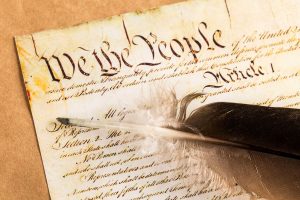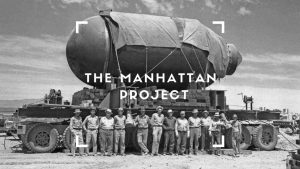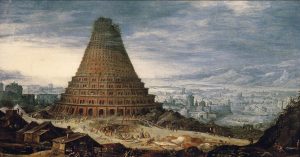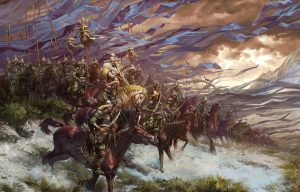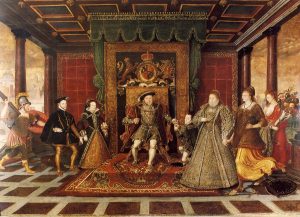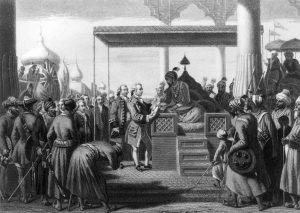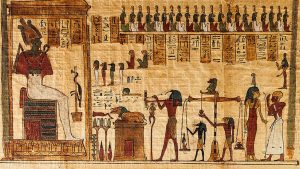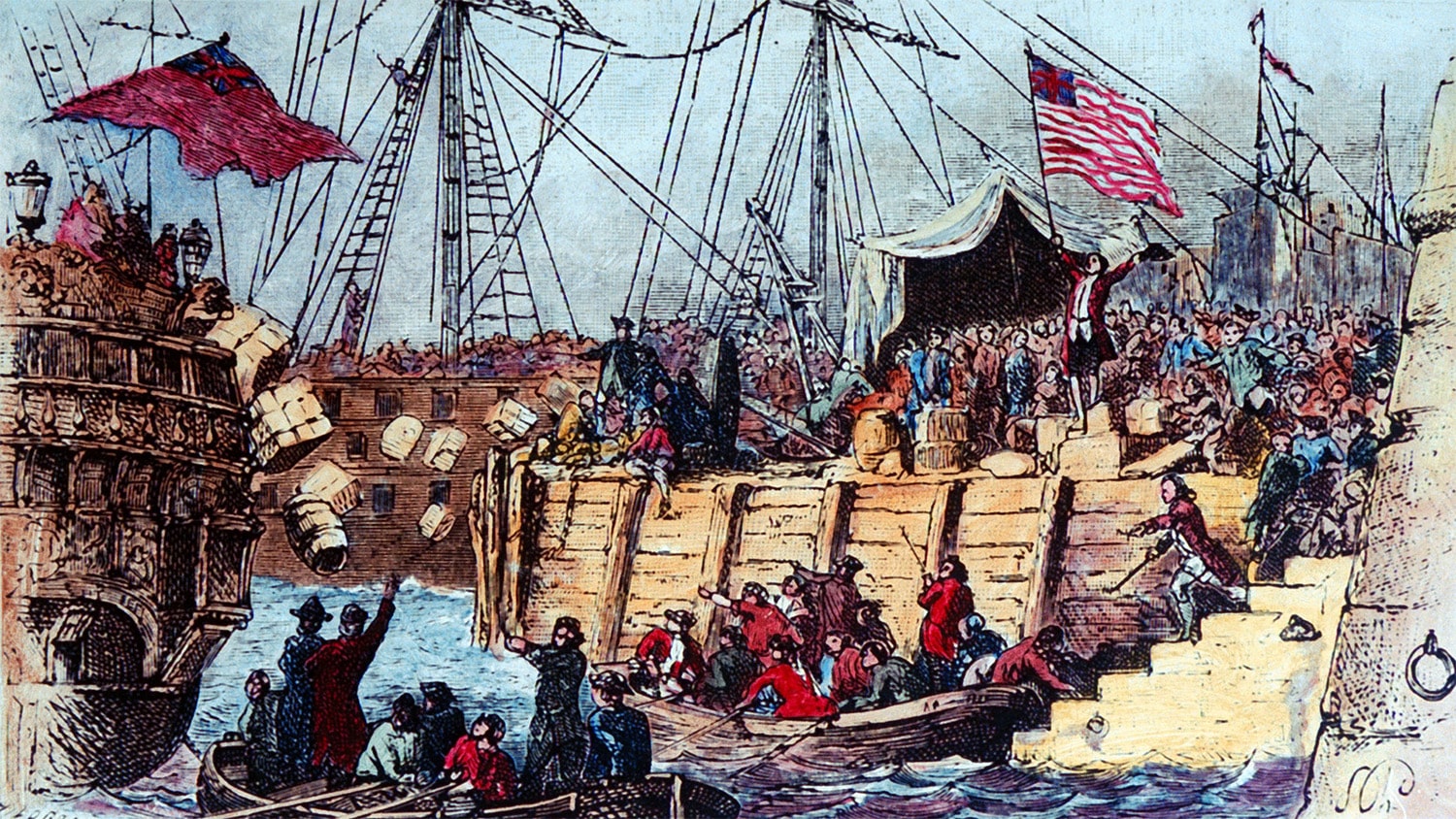
23 interesting facts about Boston Tea Party
- 👁️ 1516
The Boston Tea Party remains one of the most iconic events in American history, symbolizing the defiance against British rule that culminated in the Revolutionary War. On December 16, 1773, a group of American colonists, frustrated and angry at Britain for imposing “taxation without representation,” boarded three British ships and dumped 342 chests of tea into the Boston Harbor. This act of protest was pivotal in escalating the tensions that led to the outbreak of the American Revolution. The Boston Tea Party has since become a symbol of American resistance and has continued to be a topic of discussion and admiration. Here are some intriguing and informative facts about the Boston Tea Party that highlight its significance and lasting impact.
- The Boston Tea Party was a response to the Tea Act of 1773, which was intended to save the faltering East India Company by greatly lowering its tea tax and granting it a virtual monopoly on the American tea trade.
- The colonists objected not just to the tea tax but also to the idea of taxation without representation, as they had no elected representatives in the British Parliament.
- The term “Boston Tea Party” did not become popular until the early 19th century; before that, it was usually referred to as “the destruction of the tea.”
- The participants in the Boston Tea Party disguised themselves as Mohawk Indians as a symbol of American identity and to hide their true identities from the British.
- The tea dumped into Boston Harbor was worth an estimated £10,000 at the time—a significant amount of money equivalent to over a million dollars today.
- The tea destroyed was imported from China and included varieties such as Bohea, Congou, Souchong, Singlo, and Hyson.
- American Founding Father John Adams described the Boston Tea Party as “the most magnificent Movement of all” and a pivotal event leading up to the American Revolutionary War.
- No one was killed or seriously injured during the Boston Tea Party, and only one participant was arrested.
- The ships involved in the Boston Tea Party were the Dartmouth, the Eleanor, and the Beaver.
- Following the event, the British government closed Boston Harbor until the lost tea was paid for, as part of the “Intolerable Acts.”
- The Boston Tea Party led to similar acts of tea dumping in other American colonies, including Maryland, New York, and South Carolina.
- Participants took great care not to damage the ships or any property other than the tea itself, even replacing a padlock they had broken.
- The exact location of where the tea was dumped is now known as the Griffin’s Wharf area in Boston.
- The Boston Tea Party participants were members of a group known as the Sons of Liberty, which included prominent historical figures like Samuel Adams and Paul Revere.
- Some colonists criticized the event, including Benjamin Franklin, who insisted that the destroyed tea must be repaid.
- To organize the tea party, the Sons of Liberty held meetings at the Old South Meeting House, which is now a historic site.
- The British response to the Boston Tea Party helped unify the colonies against the British government.
- Approximately 116 people are documented to have participated in the event, although many others may have contributed without receiving historical recognition.
- The types of tea destroyed were loose leaf, not in teabags, as teabags were not yet invented.
- The event was carried out in just three hours, from around 7 pm to 10 pm.
- Some of the tea that was thrown into the harbor washed up on shore for weeks following the event.
- The Boston Tea Party Ships & Museum now exists to offer reenactments and educational exhibits about the event.
- George Hewes, one of the last surviving participants, provided detailed descriptions of the event in his memoirs, which helped keep the story alive for future generations.
The Boston Tea Party was more than just a protest against taxes; it was a bold action that fueled the fire of American independence and demonstrated the colonists’ resolve to fight for their rights. This event not only marked a pivotal moment in the lead-up to the American Revolution but also became an enduring symbol of the fight against oppression. It exemplifies how a committed group of people can influence the course of history through acts of defiance and stands as a reminder of the power of civic action.
